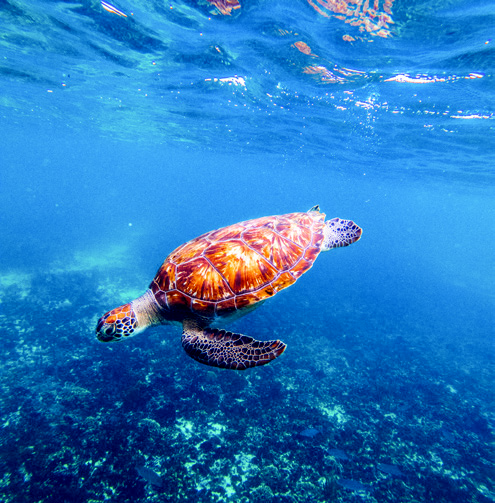
By Dr. Mohd Uzair Rusli & Ms. Syamsyahidah Samsol, Sea Turtle Research Unit (SEATRU)
From April to October every year, visitors flock to the beach at night.
They wait patiently and quietly, and when the time comes, they are rewarded with the opportunity to witness something not easily found elsewhere—the sea turtles laying their eggs.
It has been reported as many as 1000 tourists would gather on the white sand to watch a single female turtle dig a nest with its rear flippers and deposit roughly 100 golf-ball-sized eggs into it.
The sea turtles have become an integral part of Terengganu, making the state unique and helping it become an interesting holiday destination.
The life cycle of sea turtles is complex , convoluted, and perplexing to humans. Sea turtle hatchlings will leave the shore and roam the ocean, never returning to their natal beach until they achieve sexual maturity at about 20-25 years old. Adults travel thousands of kilometres and only return to their nesting ground every 2 to 3 years to deposit eggs. Because of the unique behaviour known as “natal beach homing,” sea turtles born in Terengganu will return to their birthplace when it is time to nest.
Terengganu’s geographical location has made it possible for the turtles to land on one of its beaches to lay their eggs each year.
The state is located on the east coast of Peninsular Malaysia. It is bordered in the east by the South China Sea, giving it a coastline spanning nearly 224 kilometres, with many white sandy beaches.
Favourite Spot for Nesting
One of the beaches is located at Rantau Abang, a small village 80 kilometres away from Kuala Terengganu. The beach has become a favourite spot for the turtles to land and nest.
Rantau Abang beach has been known as one of the best places in the world for leatherback turtle nesting since the 1960s. Tourists have herded the beach to get a closer look at the giant turtles with the scientific name Dermochelys coriacea. Leatherback turtles are named for their shell, which is leatherlike rather than hard like other turtles.
In the 1980s, the state government made sea turtle watching more accessible to the general public, resulting in an influx of tourists from all over the world who are eager to look up close these critically endangered animals.
A government reserve for hatcheries was established to allow hawkers to set up kiosks and capitalize on the turtle obsession by the public.
The locals have their own version of why the leatherback turtles would only come to nest at Rantau Abang beach. The turtles are said to be attracted by a mysterious stone on a little hill at a village off the coast. The stone, called Batu Penyu, which means turtle stone, is also popular among tourists.
In some parts of the world, turtles are revered and respected, so there are many stories and folklore involving the unique sea creatures. In Terengganu, some turtle-related stories have been passed down from a generation to another throughout the years. For example, the number of sea turtle nests and eggs produced during a season can be estimated by the elderlies based on the number of coconuts produced.
Modern science can now explain this by linking the effects of La Nina and El Nino, the hot and cold climate patterns, to the ocean’s annual productivity. The higher the ocean’s productivity is during La Nina, the higher the number of sea turtle eggs produced.
A Boost to State’s Tourism Sector
The presence of turtles has been a boost to the state’s tourism sector. Tourists would come to Terengganu to have a personal connection with these iconic species, making tourism one of the main contributors to the state’s economy.
In addition to turtle watching at Rantau Abang beach, there is also a new attraction at Redang Island marine park reserve. At Teluk Dalam, located at the northern end of Redang Island, visitors are offered an experience not found elsewhere, that being swimming or snorkelling with sea turtles, and feeding them. During public holidays, countless tourists take resort packages or come for a day trip from the mainland jetty.
As the number of tourists with interest in sea turtles continue to rise, it is significant to recognize the importance of conservation efforts to protect these wondrous animals and the habitats in which they live.
The International Union for the Conservation of Nature (IUCN) has determined that six of the seven different species of sea turtles are currently classified as either endangered or critically endangered globally. Hence, it is necessary to safeguard these beautiful animals and their homes.
Terengganu’s turtle-based tourism has undoubtedly led to a significant boost in the state’s economy. Yet, most of the hazards posed to the animals and tourists’ interactions with the sea turtles are potentially devastating. Tourists can cause many risks by feeding the turtles and snorkelling, which can lead to turtles’ habitat destruction.
We know that sea turtles typically migrate, but at Teluk Dalam, roughly 12 juvenile green turtles reside there. It is unknown yet the effects of feeding and swimming with the sea turtles, as this is a newly emerging tourism product.
Initiative by UMT SEATRU
In response, the Sea Turtle Research Unit (SEATRU) of UMT’s Institute of Oceanography and Environment has taken the initiative to begin assessing the health conditions of the sea turtles that roam around Teluk Dalam at Redang Island.
The research entails several activities, such as exterior examination, measuring of body size and weight, and blood collection for conducting a health analysis.
The Chagar Hutang Turtle Sanctuary is another noteworthy attraction at Pulau Redang. Several scientific discoveries have been made at this research facility. The sanctuary is an example of how preserving sea turtle nesting grounds may provide educational opportunities for the surrounding communities, encouraging a more environmentally responsible behaviour.
At the sanctuary, a dedicated area for learning about turtle science has been created. Tourists may consider going to the national science gallery, a turtle science gallery in a natural setting. A science communicator will walk the visitors through the entire exhibition. Tourists can also participate in nest analysis alongside the turtle rangers. One of the highlight moments is when visitors have the opportunity to hold the newly hatched baby turtles in the nest.
The public can gain extra experience by enrolling in a one-week volunteer programme and interacting with sea turtle biologists at this research station. Regardless of their background, people can serve as turtle rangers. They will create a once-in-a-lifetime memory of doing night-time beach patrol, measuring nesting mothers, watching thousands of sea turtle babies crawl down the beach, and participating in leisure activities with newly met volunteer friends.
The sea turtles have always been associated with Terengganu and have played an important part in making the state one of the preferred holiday destinations. The presence of the unique creatures on its beachers has allowed Terengganu to offer an extensive range of sea turtle experience tourism products, providing income for the state as well as the locals.
For as long as the turtles choose to come ashore in Terengganu, there will be visitors flocking the beaches, to witness something not easily found elsewhere—the sea turtles laying their eggs.
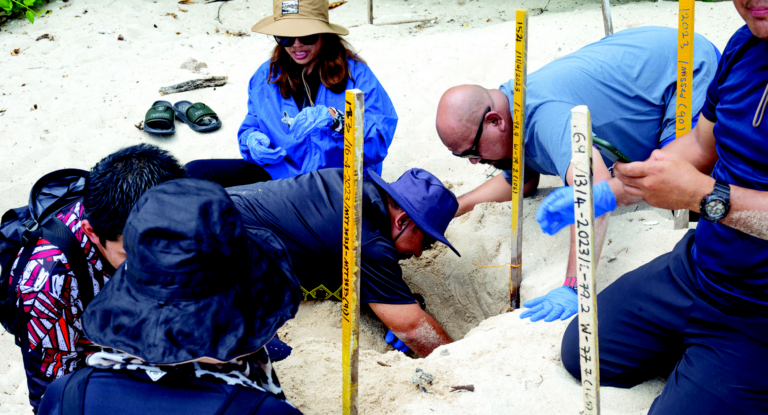
See sea turtles start their journey from egg to ocean – a simple, unforgettable experience by the shore
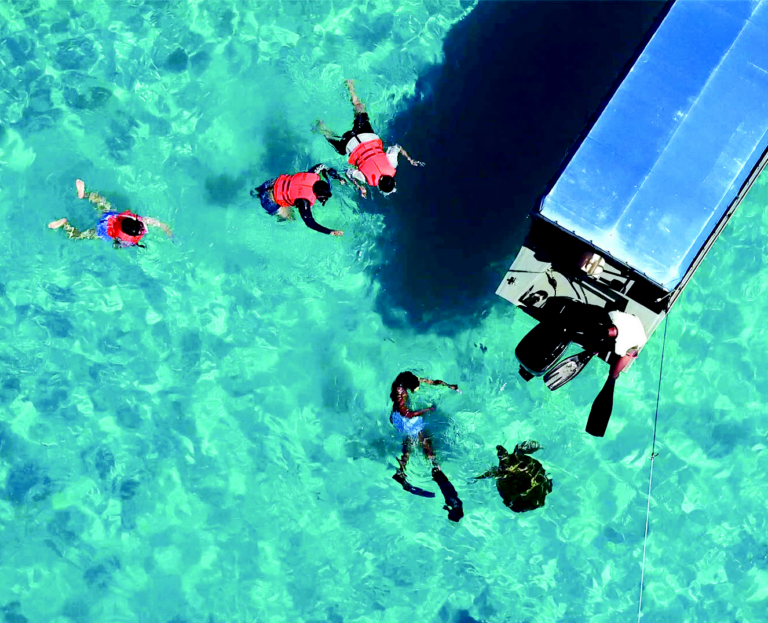
Swimming alongside friendly turtles in Teluk Dalam, Pulau Redang – a dreamy adventure for ocean lovers!
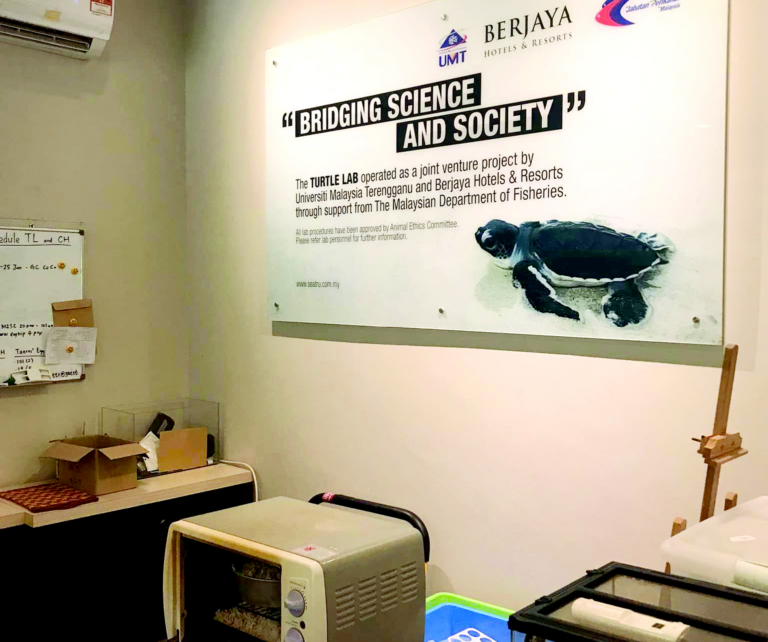
SEATRU connects with the community to protect sea turtles and their habitats through the Public Viewing Lab
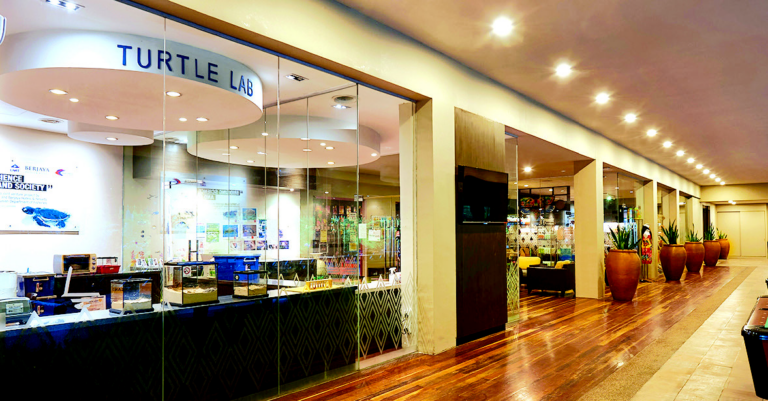
Turtle Lab
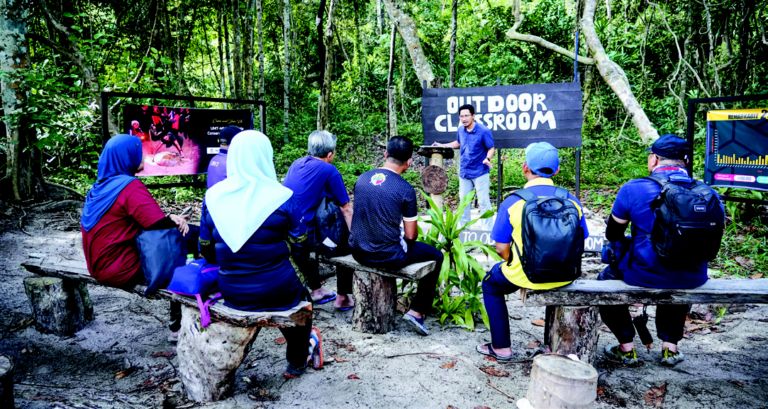
SEATRU connects with the community to protect sea turtles and their habitats through the Outdoor Classroom
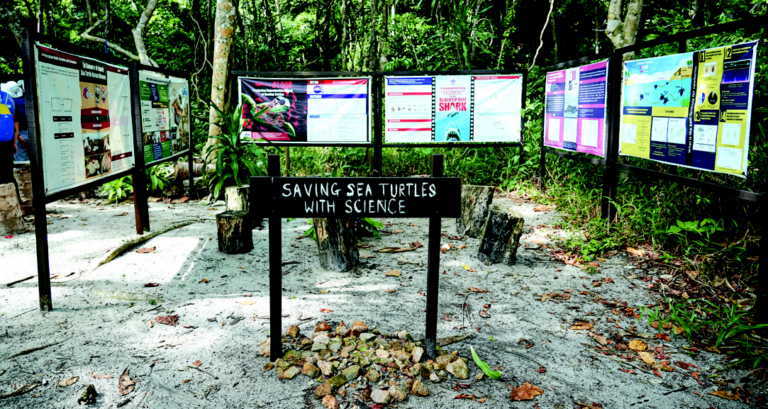
Science corner at Chagar Hutang

Copyright © INOS | Institute of Oceanography and Environment | Universiti Malaysia Terenganu | 2024. All rights reserved.